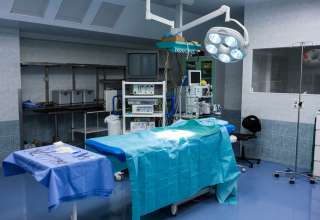No matter how well you plan a build it is possible defects will occur. Sometimes this can be a result of low-quality building materials or a willingness to cut corners, and other times it is simply an unfortunate occurrence.
However, construction defects are a serious issue. They range from small and relatively insignificant to faults that could make the building unusable. Whether you’re purchasing a building or have just finished building one, it’s important to have a qualified building consultant check the property for any defects.
While you hope your building won’t have any issues it is useful to know the 5 most common construction defects.
1. Faulty Doors & Windows
The greater the number of doors and windows the higher the likelihood is that there will be an issue with one or all of them. One of the most common issues is frames that are not set square. This leads to difficulty opening and closing them and an increased risk of water ingress.
In turn, this type of issue can lead to a host of other problems.
2. Subsurface moisture
If your building has mold and mildew growing on the lower floors and it reappears after being wiped away then you probably have an issue with moisture rising up through the foundations.
This should never be an issue on a new build as the concrete should be properly sealed to prevent water from rising up through it. The moisture on the floor can have a detrimental effect on the rest of the building as it rots and corrodes many of the materials it comes into contact with.
If you discover moisture rising through the floor you’ll need to add a sealant to the top of the concrete, this will prevent the water from getting into your building.
3. The Roof
As a roof age the material on it will start to perish, this leads to leaks occurring. The leaks will cause further damage to the roofing material, potentially making the leak worse. The water will also penetrate the interior decoration, potentially damaging walls and ceilings.
It’s even possible that the water will soak into the wooden frame of the roof, causing wet rot over time.
Roof issues need to be repaired quickly to prevent them causing a bigger issue. They can be expensive to replace.
4. Movement
Many new buildings move slightly as they settle into their position. Although common it is still scary and needs to be carefully monitored. A movement that causes cracks to appear on the sides of the building suggests that the ground under the foundations has moved. This could mean it wasn’t prepared properly or the soil type was evaluated properly.
It’s easier to get it right at the start than it is to correct the mistakes.
5. Fire Safety Issues
Your building should match the latest fire code regulations issued by the government. It’s essential that these are checked to ensure the building has been built to standard. Retrofitting fire safety is possible but generally more expensive than doing it right the first time.
That’s the real lesson, get it right the first time and you won’t have to worry when the inspection is done.










